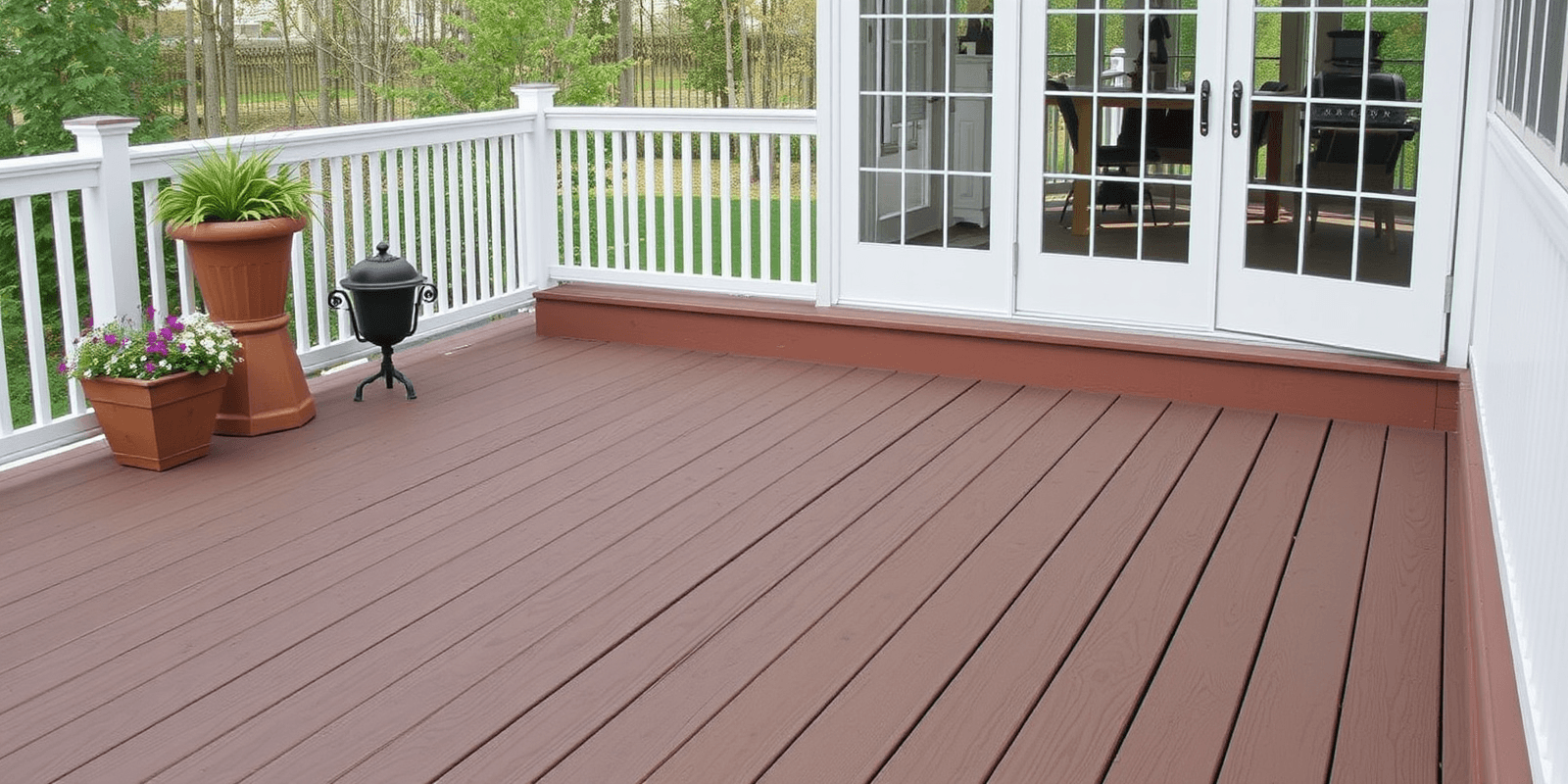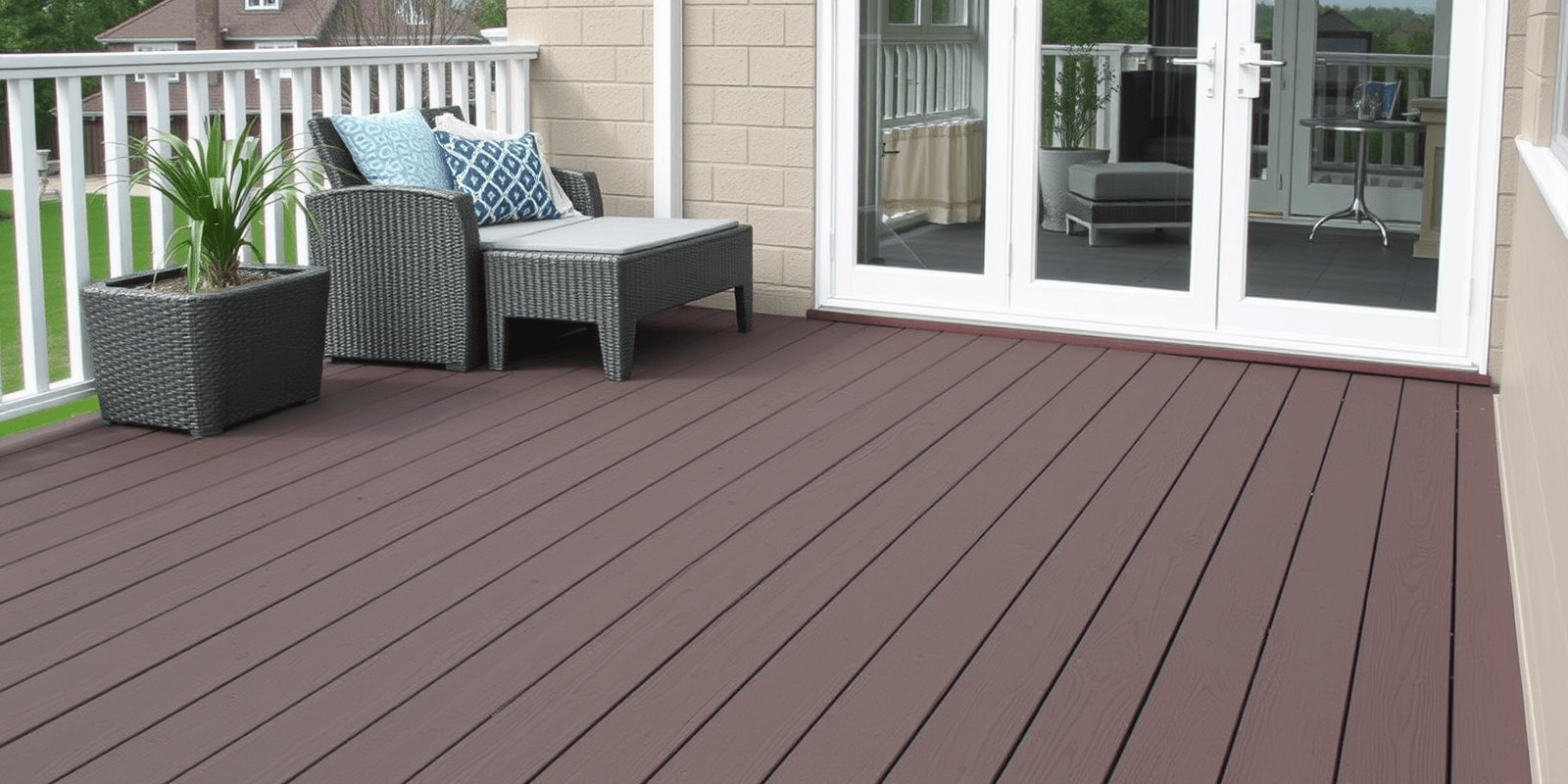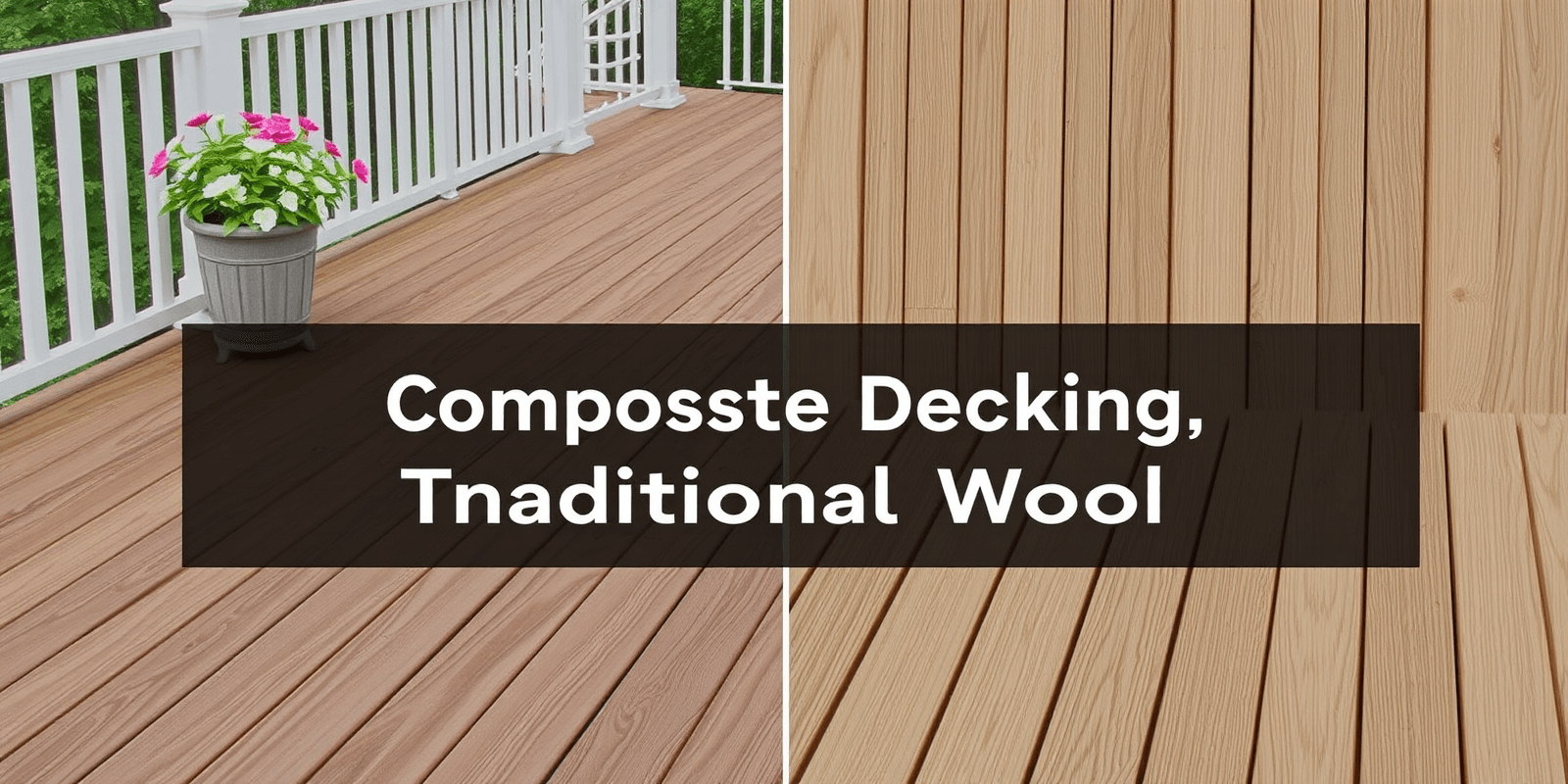Wood vs Composite Decking Costs: A Comprehensive Guide
Introduction
When it comes to choosing materials for your deck, two of the most popular options are wood and composite decking. Both materials have their own set of advantages and disadvantages, but the decision ultimately comes down to cost. In this article, we will explore the initial costs, maintenance expenses, and long-term savings associated with both wood and composite decking.
Initial Costs of Wood vs Composite Decking
The initial cost of building a deck can vary widely depending on the type of material used. According to a report by HomeAdvisor, the average cost to build a wooden deck is between $1,500 and $10,000, while the cost of a composite deck ranges from $2,500 to $15,000. The price difference is largely due to the cost of materials. Composite decking is typically more expensive than wood because it is made from a combination of recycled plastic and wood fibers.
Maintenance Expenses of Wood vs Composite Decking
Maintenance costs are another important factor to consider when choosing between wood and composite decking. Wooden decks require regular staining or sealing to protect them from the elements, which can be costly over time. According to the University of Tennessee Extension Service, the cost of maintaining a wooden deck can range from $250 to $1,000 per year, depending on the size of the deck and the frequency of maintenance.
In contrast, composite decking requires very little maintenance. It does not need to be stained or sealed, and it is resistant to rot, decay, and insects. However, composite decking can still accumulate dirt and grime, which can be removed with a pressure washer or mild detergent. The cost of maintaining a composite deck is generally lower than that of a wooden deck, ranging from $50 to $200 per year.
Long-Term Savings of Wood vs Composite Decking
While the initial cost of composite decking may be higher than that of wooden decking, the long-term savings can be significant. According to a study by the University of Minnesota, the lifespan of a composite deck is typically longer than that of a wooden deck. Composite decking can last up to 25 years with minimal maintenance, while wooden decks typically need to be replaced every 10 to 15 years.
In addition to the cost savings associated with longevity, composite decking also has other benefits that can save money in the long run. For example, composite decking is less likely to warp, crack, or splinter, which can reduce the need for repairs and replacements. Furthermore, some insurance companies offer discounts on homeowner’s insurance for composite decks because they are considered safer and more durable than wooden decks.
Expert Opinions on Wood vs Composite Decking Costs
According to a survey conducted by the National Association of Home Builders, 71% of homeowners prefer composite decking over wooden decking because of its durability and low maintenance requirements. However, some experts argue that the initial cost of composite decking is too high for many homeowners, especially those on a tight budget. For example, according to the National Association of Realtors, the return on investment for a wooden deck is around 70%, while the return on investment for a composite deck is only around 50%.
Conclusion
When it comes to choosing between wood and composite decking, there is no one-size-fits-all answer. While composite decking may be more expensive upfront, it can save money in the long run due to its durability and low maintenance requirements. On the other hand, wooden decking may be a better option for homeowners who want a more traditional look and don’t mind spending more time and money on maintenance.
Ultimately, the decision comes down to personal preference and budget. By considering the initial costs, maintenance expenses, and long-term savings associated with both wood and composite decking, homeowners can make an informed decision that meets their needs and budget.



